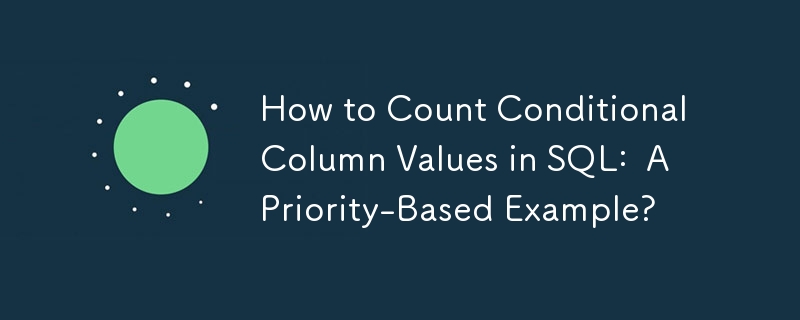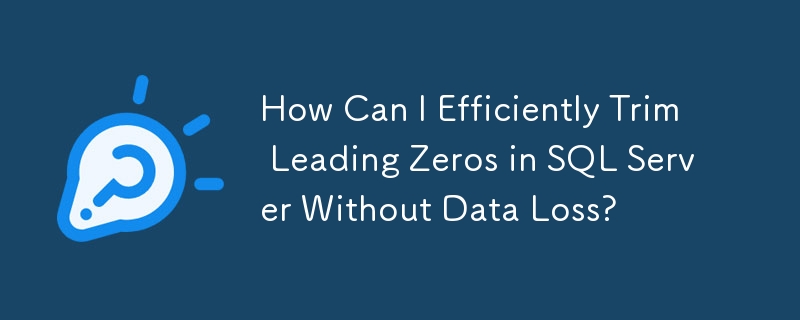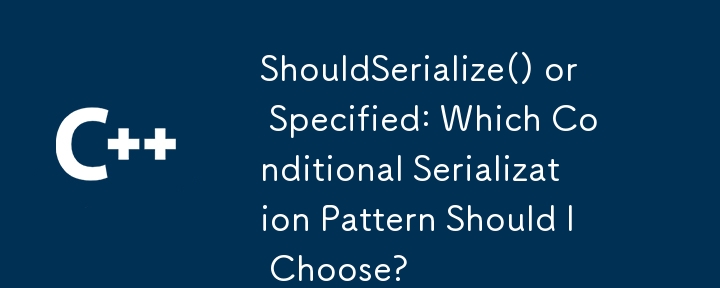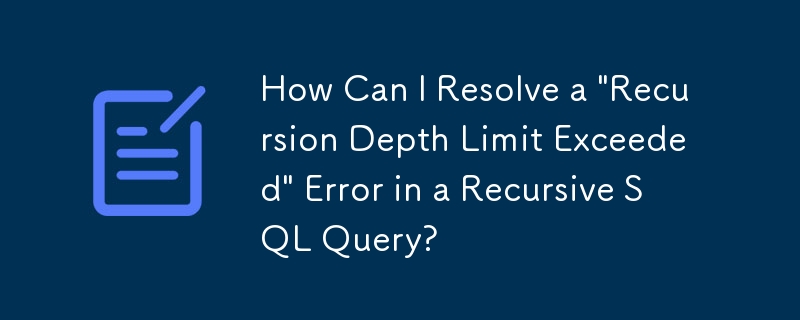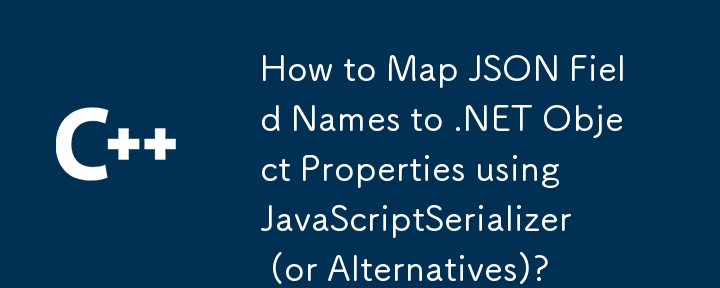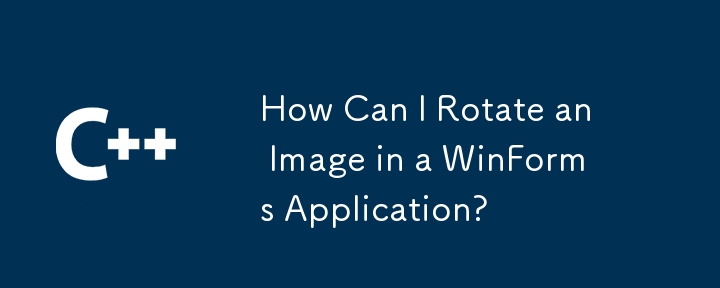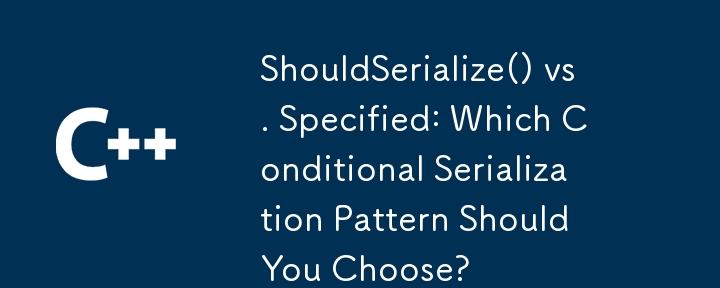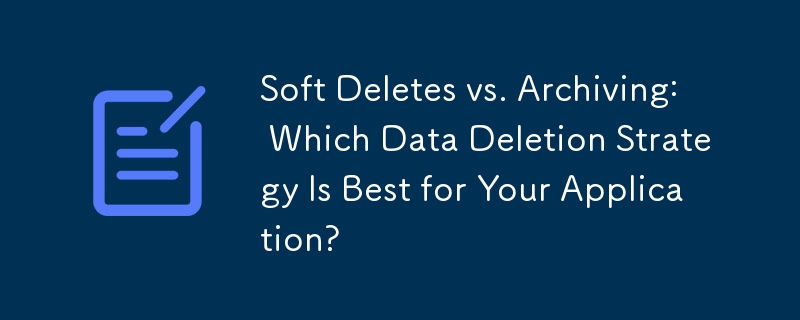Found a total of 10000 related content

Best Practices for Dependency Injection in PHP
Article Introduction:The reason for using Dependency Injection (DI) is that it promotes loose coupling, testability, and maintainability of the code. 1) Use constructor to inject dependencies, 2) Avoid using service locators, 3) Use dependency injection containers to manage dependencies, 4) Improve testability through injecting dependencies, 5) Avoid over-injection dependencies, 6) Consider the impact of DI on performance.
2025-05-08
comment 0
1007
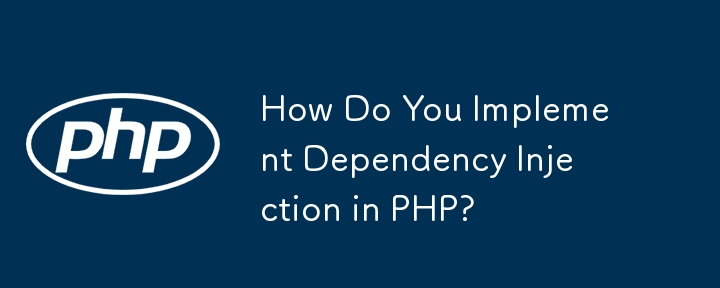
How Do You Implement Dependency Injection in PHP?
Article Introduction:Dependency injection (DI) is a way in PHP to pass dependencies to a class rather than hard-coded inside a class. 1. DI passes the dependencies of the object to the outside through constructors or settings methods to improve code flexibility and testability; 2. DI can be implemented manually, suitable for small projects; 3. Complex applications can use DI containers to automatically resolve dependencies, such as Symfony and Laravel built-in containers; 4. Common misunderstandings include premature over-design, type prompts specific implementation rather than interfaces, abuse of service locators, etc. Correct use of DI can significantly improve code quality and maintenance efficiency.
2025-07-18
comment 0
809
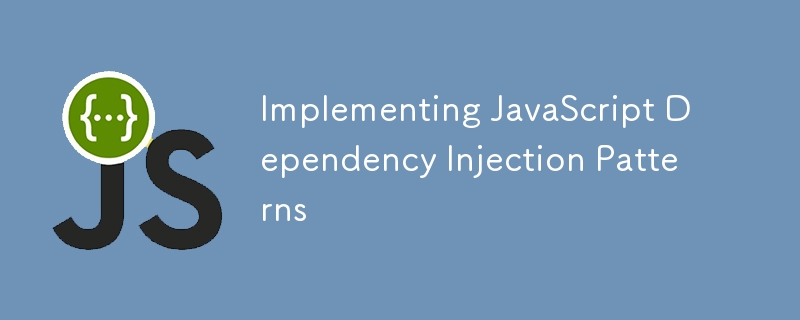
Implementing JavaScript Dependency Injection Patterns
Article Introduction:Dependency injection is useful in JavaScript because it improves testability, maintainability, and decoupling. 1. Constructor injection passes dependencies through constructors, which are suitable for class structures and are clear and easy to measure; 2. Method injection passes dependencies as method parameters, suitable for situations where dependencies are only needed in specific methods; 3. Use IoC containers such as InversifyJS or custom containers to manage dependencies uniformly, suitable for complex projects. Practical recommendations include avoiding hard-coded dependencies, keeping constructors concise, using clear naming and prioritizing interface abstraction, thereby improving code flexibility and modularity.
2025-07-18
comment 0
969

Explain the concept of Service Container 'binding' in Laravel.
Article Introduction:In Laravel, "binding" refers to the parsing method of registering classes, interfaces or services through the service container to achieve automatic dependency injection. The essence of binding is to define how to create or obtain an instance of a dependency, rather than simple storage. Common types include simple binding, interface-to-implementation binding, and singleton binding. Binding should be performed in the service provider's register() method, which is suitable for situations where switching implementations, complex construction parameters, or third-party class injection, but problems such as excessive use or uncleared binding cache should be avoided.
2025-07-16
comment 0
879

Understanding Dependency Injection in Laravel?
Article Introduction:Dependency injection automatically handles class dependencies through service containers in Laravel without manual new objects. Its core is constructor injection and method injection, such as automatically passing in the Request instance in the controller. Laravel parses dependencies through type prompts and recursively creates the required objects. The binding interface and implementation can be used by the service provider to use the bind method, or singleton to bind a singleton. When using it, you need to ensure type prompts, avoid constructor complications, use context bindings with caution, and understand automatic parsing rules. Mastering these can improve code flexibility and maintenance.
2025-07-05
comment 0
1050

Deep dive into the Laravel Service Container and Dependency Injection
Article Introduction:Laravel's service container is a core tool for managing class dependencies and executing dependency injection. It simplifies code development and maintenance by automatically instantiating objects and their recursive dependencies. 1. The service container is like a "factory" that can automatically create and pass the required objects; 2. Support constructor injection (most commonly used), method injection (used in the controller type prompt), and setter injection (suitable for optional dependencies); 3. The binding methods include simple binding, singleton binding, and interface binding implementation classes to achieve decoupling; 4. In most cases, the container automatically resolves dependencies, and can also manually obtain instances through app() or make(); 5. Alias ??can be set for the binding and the binding is registered by the service provider to improve the application organizational structure and maintainability.
2025-07-03
comment 0
888

What are Laravel Facades and their purpose?
Article Introduction:LaravelFacades is a way to access objects in a service container through a static interface, simplifying the dependency injection process. They provide developers with concise and intuitive syntax, such as Cache::get() or Auth::user(), which is actually parsed by the service container to perform operations. The advantages of using Facades include: 1. Simplify the calling method, no need to manually parse containers or construct injections; 2. Improve code readability; 3. Support test mocks. Common built-in Facades include DB, Auth, Request, Session, Redirect, Response and View. However, attention should be paid to avoid abuse, prevent unclear responsibilities and hidden responsibilities
2025-07-19
comment 0
449


Dave The Diver: How To Catch Spider Crabs
Article Introduction:In Dave The Diver, there are some creatures that are not easy to catch. Or, catch alive that is. The spider crab is one of those very species, making it seem like the only way to bring these crustaceans back up to land is to viciously crack them up w
2025-01-10
comment 0
818

Prepare for Interview Like a Pro with Interview Questions CLI
Article Introduction:Prepare for Interview Like a Pro with Interview Questions CLI
What is the Interview Questions CLI?
The Interview Questions CLI is a command-line tool designed for JavaScript learners and developers who want to enhance their interview
2025-01-10
comment 0
1443
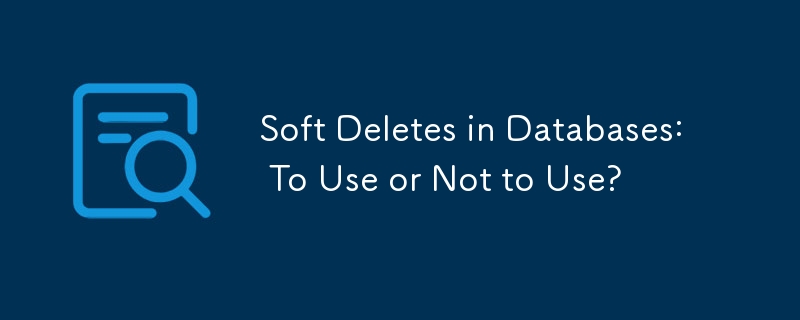
Soft Deletes in Databases: To Use or Not to Use?
Article Introduction:Soft Deletes: A Question of DesignThe topic of soft deletes, a mechanism that "flags" records as deleted instead of physically removing them, has...
2025-01-10
comment 0
1054









